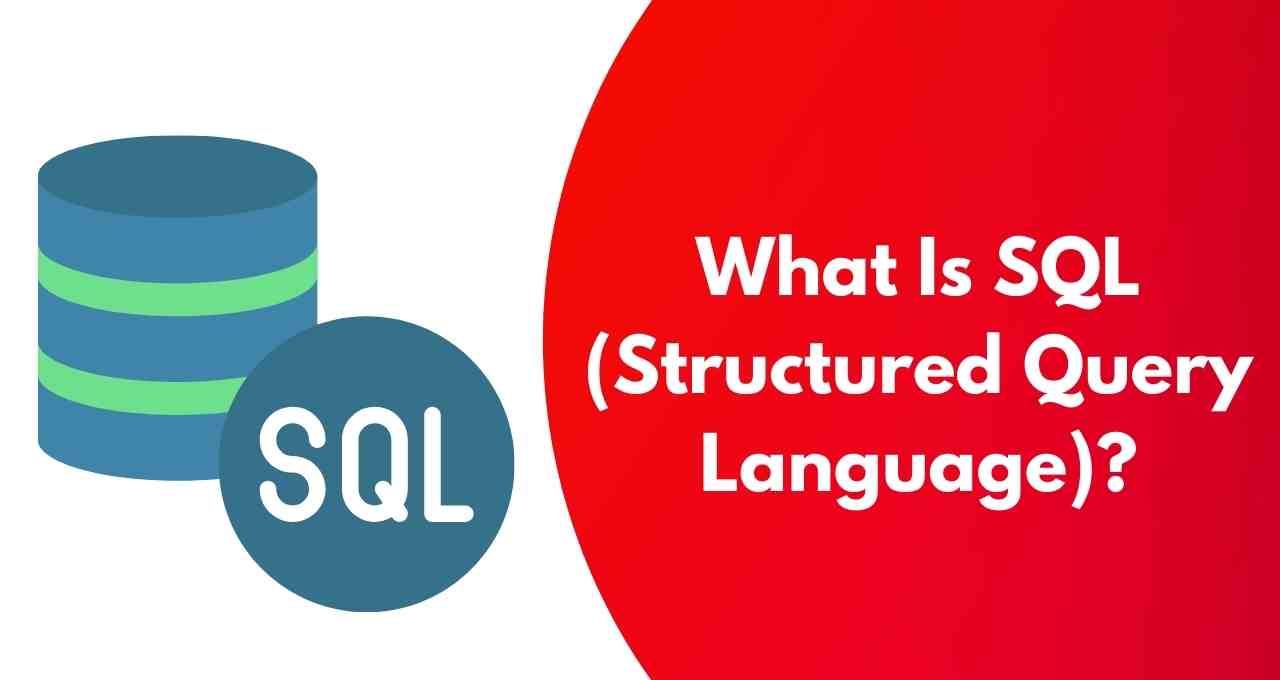SQL stands for Structured Query Language. It is a programming language used to communicate with and manipulate data in relational databases. Relational databases are the most common type of database used today, and SQL is the standard language for interacting with them.
SQL can be used to perform a wide range of operations on relational databases, including:
- Creating and deleting tables
- Inserting, updating, and deleting data in tables
- Querying data from tables
- Managing database security and permissions
SQL is a powerful language that can be used to do almost anything with a relational database. It is used by database administrators, developers, data analysts, and many other professionals.
Why is SQL important?
SQL is important because it is the standard language for interacting with relational databases. Relational databases are the most common type of database used today, and they are used in a wide variety of applications, including:
- E-commerce websites
- Social media platforms
- Financial trading systems
- Enterprise resource planning (ERP) systems
- Customer relationship management (CRM) systems
If you want to work with data, you need to know SQL. SQL is a valuable skill for anyone who wants to work in data science, data analytics, or software development.
How does SQL work?
SQL works by sending commands to a relational database management system (RDBMS). An RDBMS is a software program that manages and stores data in a relational database.
When you send a SQL command to an RDBMS, the RDBMS executes the command and returns the results. The results can be in the form of a new table, updated data in an existing table, or a set of rows from a table.
Basic SQL commands
There are four basic SQL commands:
- SELECT: The SELECT command is used to retrieve data from a table.
- INSERT: The INSERT command is used to insert new data into a table.
- UPDATE: The UPDATE command is used to update existing data in a table.
- DELETE: The DELETE command is used to delete data from a table.
Here are some examples of basic SQL commands:
SQL
-- SELECT command
SELECT * FROM customers;
-- INSERT command
INSERT INTO customers (name, email) VALUES ('John Doe', 'john.doe@example.com');
-- UPDATE command
UPDATE customers SET email = 'jane.doe@example.com' WHERE id = 1;
-- DELETE command
DELETE FROM customers WHERE id = 2;
More advanced SQL concepts
In addition to the four basic SQL commands, there are many other more advanced SQL concepts that you can learn. These include:
- Joins: Joins are used to combine data from multiple tables.
- Subqueries: Subqueries are used to execute multiple SQL statements in a single query.
- Aggregates: Aggregates are used to perform calculations on groups of rows in a table.
- Window functions: Window functions are used to perform calculations on rows in a table relative to other rows in the table.
Learning SQL
There are many resources available for learning SQL. You can find books, tutorials, and online courses on SQL. You can also practice writing SQL queries using online SQL playgrounds.
Once you have learned the basics of SQL, you can start using it to work with real-world data. You can find many public datasets that you can use to practice your SQL skills.
Conclusion
SQL is a powerful and versatile language that can be used to perform a wide range of operations on relational databases. It is a valuable skill for anyone who wants to work with data.

